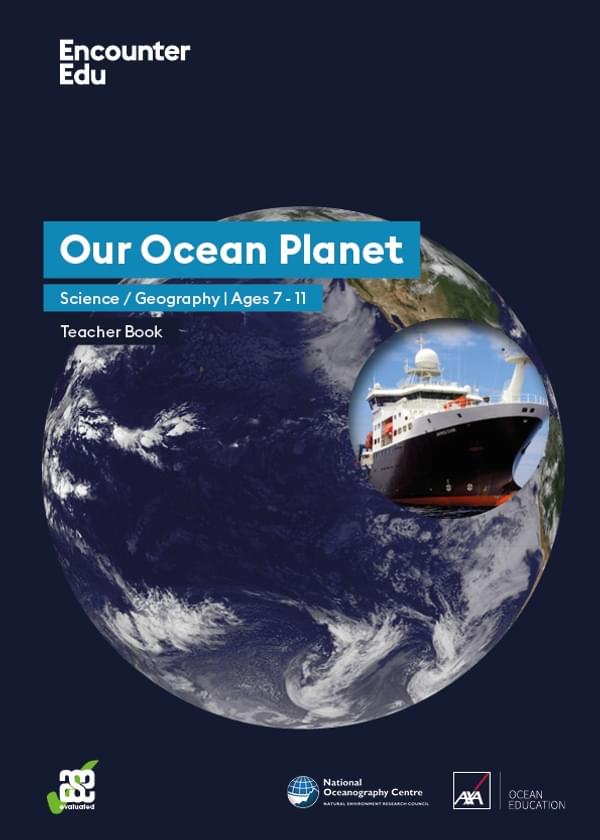How to teach classification
This Subject Update introduces some of the key concepts involved in teaching classification for elementary or primary level school students.
Classification (investigating)
- The act of grouping objects based on shared features.
- There are no “correct” groups, and objects can be grouped in different ways.
Classification (biology)
- Putting organisms into standard scientific groups: e.g. plant, animal and fish.
- There are correct groups.
- The aim of classification in biology is to have groups of organisms that are all as closely related as possible, so they are all descended from one 'common ancestor'.
- We start with big groups (plant, animal) and gradually get smaller (animal -> vertebrate -> mammal -> rodent -> rat). The bigger the group, the less related all the things in it are, which makes sense. Allrats are much more closely related than a rat and a human, even though they are both mammals.
- Taxonomy is the science of investigating which groups different organisms belong in.
Classification (methods)
We have lots of ways to do this and as new technology develops scientific groups become more accurate.
- Using features we can see similarities between organisms but these can be very misleading: sharks and dolphins look quite similar, but dolphins are more related to cows, as they are both mammals, whereas sharks are fish.
- Looking at the different methods of getting energy or feeding. Do they make their own food? Do they eat?
- Looking at cells. Are they single-celled or multi-celled? What cell features do they have? For example, do they have cell walls? Do they have specialised cells like red blood cells?
- Looking at genes. What genes do they have? This is the most accurate way.
The five kingdoms of life
There are five main kingdoms of life, the features of the first three are summarised below:
- Animals
- Plants
- Fungi
- Bacteria (very small, simple cells)
- Protists (a bit of an everything else group)
Features of animals, plants, and fungi:
Feeding
- Animals: Consumers (digest food inside their bodies)
- Plants: Producers (make their own food through photosynthesis)
- Fungi: Consumers (digest food outside their bodies)
Movement
- Animals: Move freely
- Plants: Most can’t move
- Fungi: Most can’t move
Number of cells
- Animals: Made of lots of cells
- Plants: Made of lots of cells
- Fungi: Can be made of one cell or lots of cells
Specialised cells
- Animals: Most have specialised cells
- Plants: Most have specialised cells
- Fungi: Most have some specialised cells
Cell features
- Animals: Cells don’t have walls
- Plants: Cells have walls
- Fungi: Cells have walls
Problems of classification
There are some practical problems when it comes to teaching classification. However, these also provide useful teaching points. Some animals and plants can look similar to each other but can be biologically unrelated. The examples below demonstrate how these misconceptions can be clarified in the classroom.
What are dolphins?
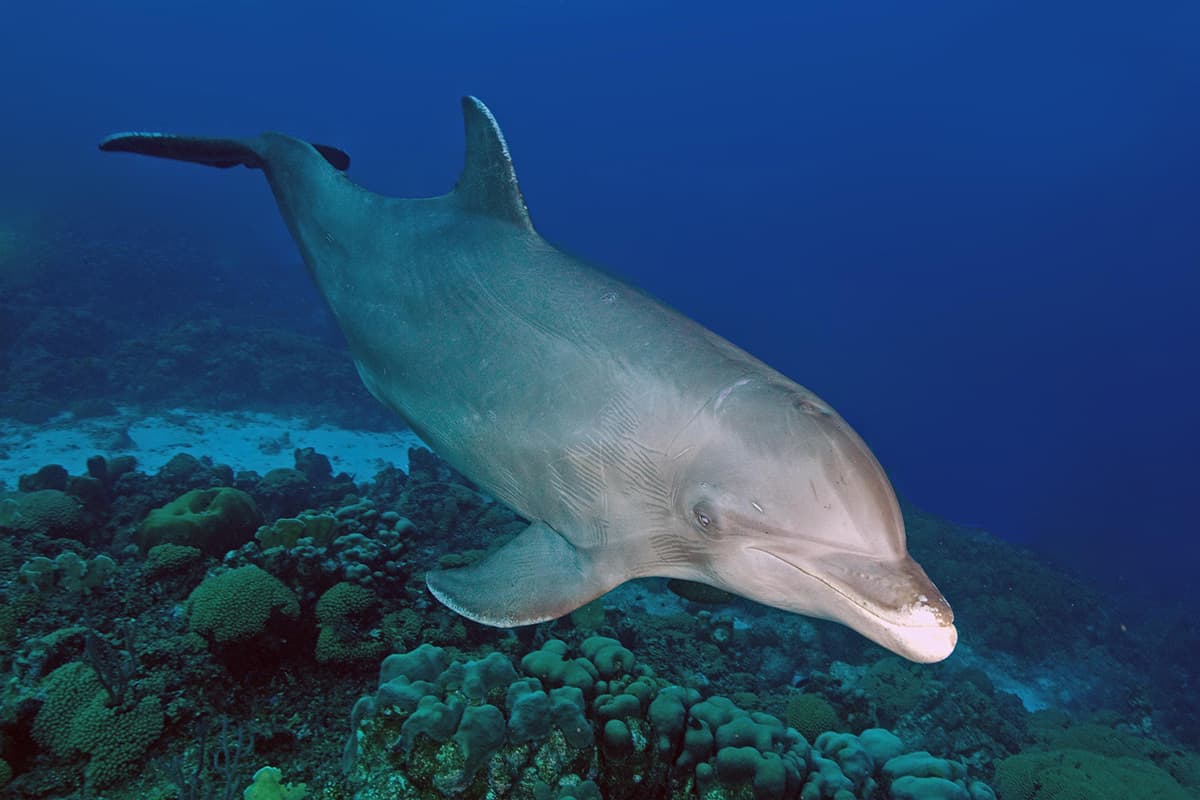
Dolphins are quite obviously animals: they move and they eat. They are also quite obviously vertebrates. However, children often assume dolphins are fish, like sharks, because, well they look like fish!
Dolphins are mammals.
Why?
- Well first, by looking at their features: they have to breathe oxygen from the air, not water; they have live young, they produce milk and they are warm-blooded.
- Second, by looking at their DNA: dolphins have more genes in common with other mammals, like cows and humans, than they do with fish.
What are fungi?
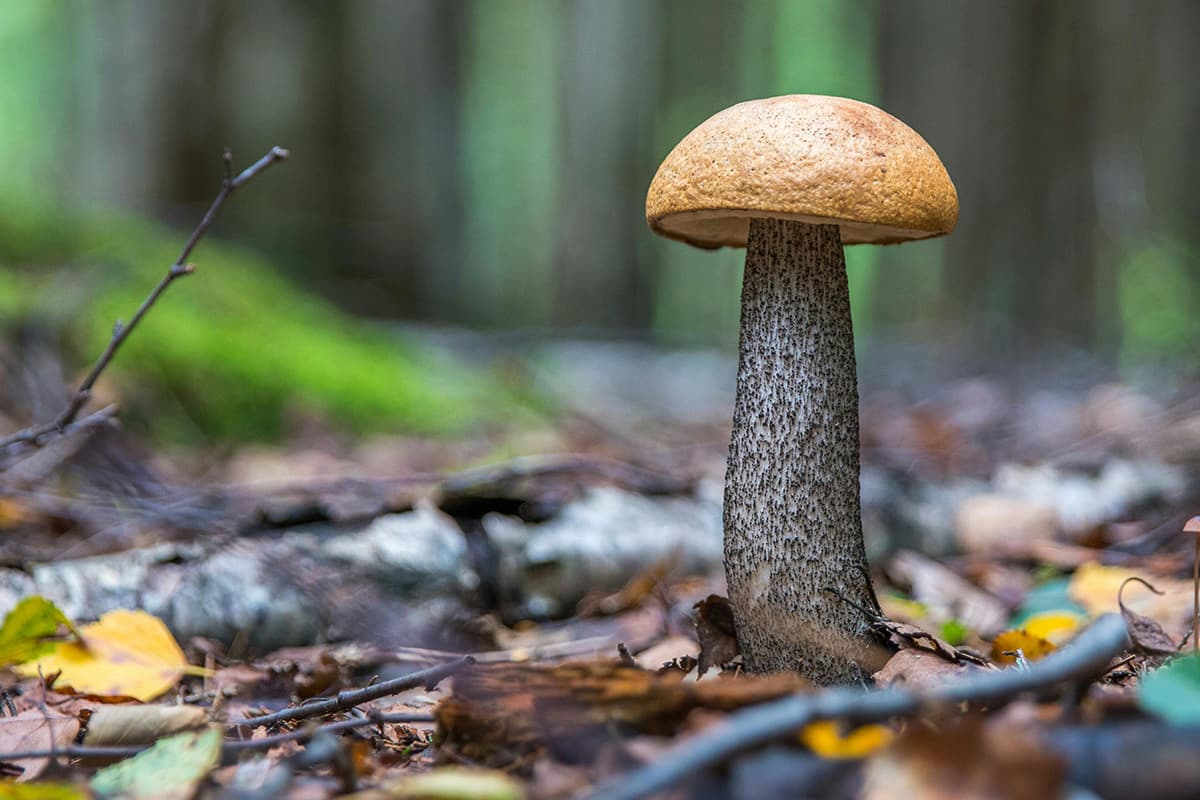
Common fungi include mushrooms, mould and yeast. Fungi were originally thought to be plants because they don’t grow in a set way and they don’t move.
Now we think that they belong in their own group for three reasons:
- Fungi don’t perform photosynthesis, they digest food outside of their bodies by releasing enzymes (the chemical scissors like those present in human stomach juices) into the area around them. That’s the reason things rot!
- Fungi make chitin: this is a sturdy chemical that insects and crustaceans (eg crabs) use to make their exoskeletons.
- DNA evidence suggests fungi are more closely related to animals than plants.
What are sponges?
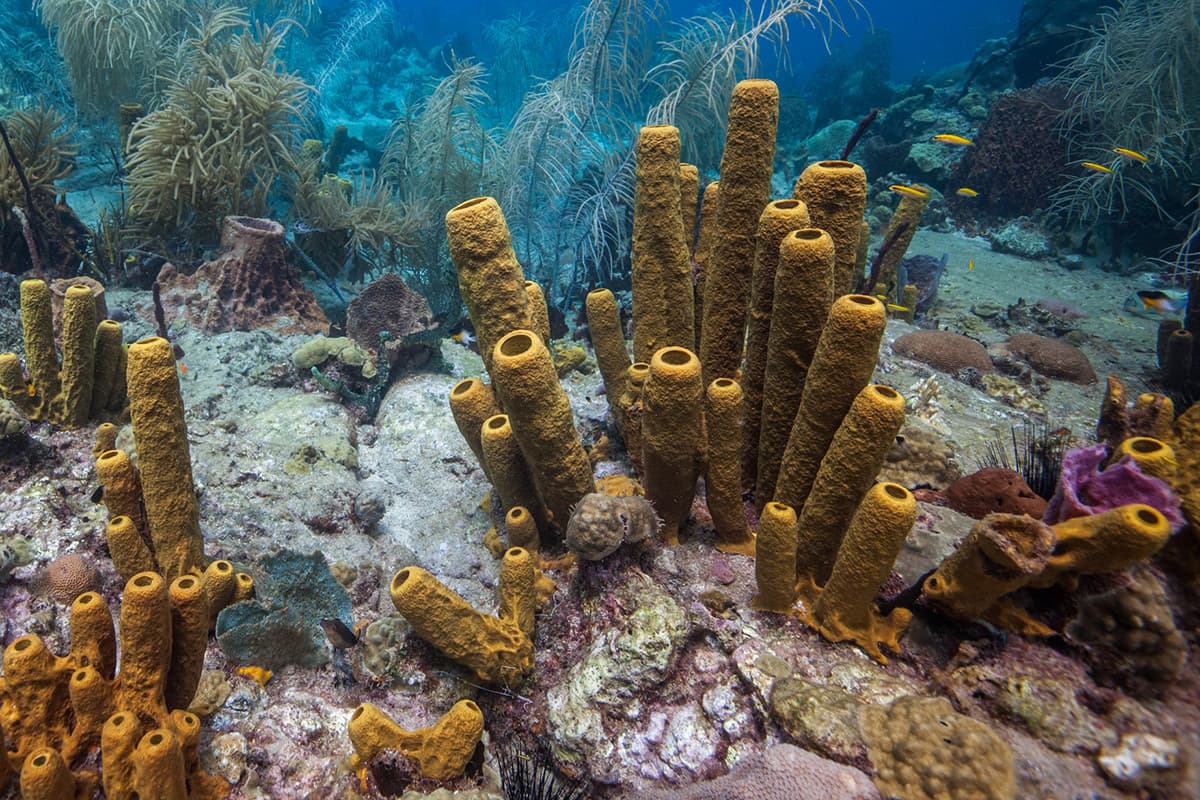
Sponges live on the sea floor and are normally fixed in place, so people often think they are plants. However, when you look closely, you see that they don’t perform photosynthesis, so they can’t be plants.
That leaves fungi or animals. Now because of the way they grow, you might assume they are fungi, but if we look at how they get their food, we see that sponges take food into their bodies to digest it, which makes them animals.
What is seaweed?
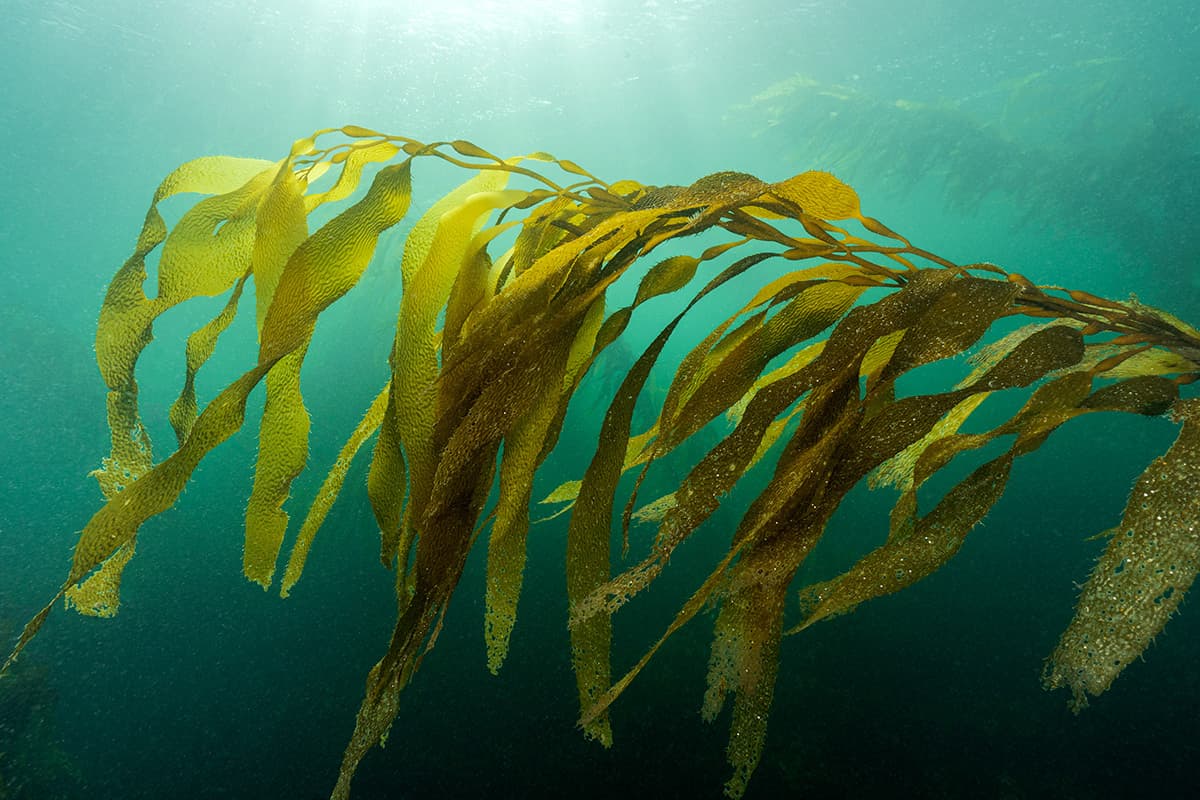
Plant right? Well not quite. All seaweeds are types of algae (al-gee).
So what is algae…?
- There is not a lot of agreement about what group to put algae in.
- The different colours (green, red, brown) can be put into different groups.
- Probably the best way to think about green seaweeds, like kelp and egg wrack, is as very simple plants because they perform photosynthesis, and their cells have chlorophyll and cell walls.
What is coral?
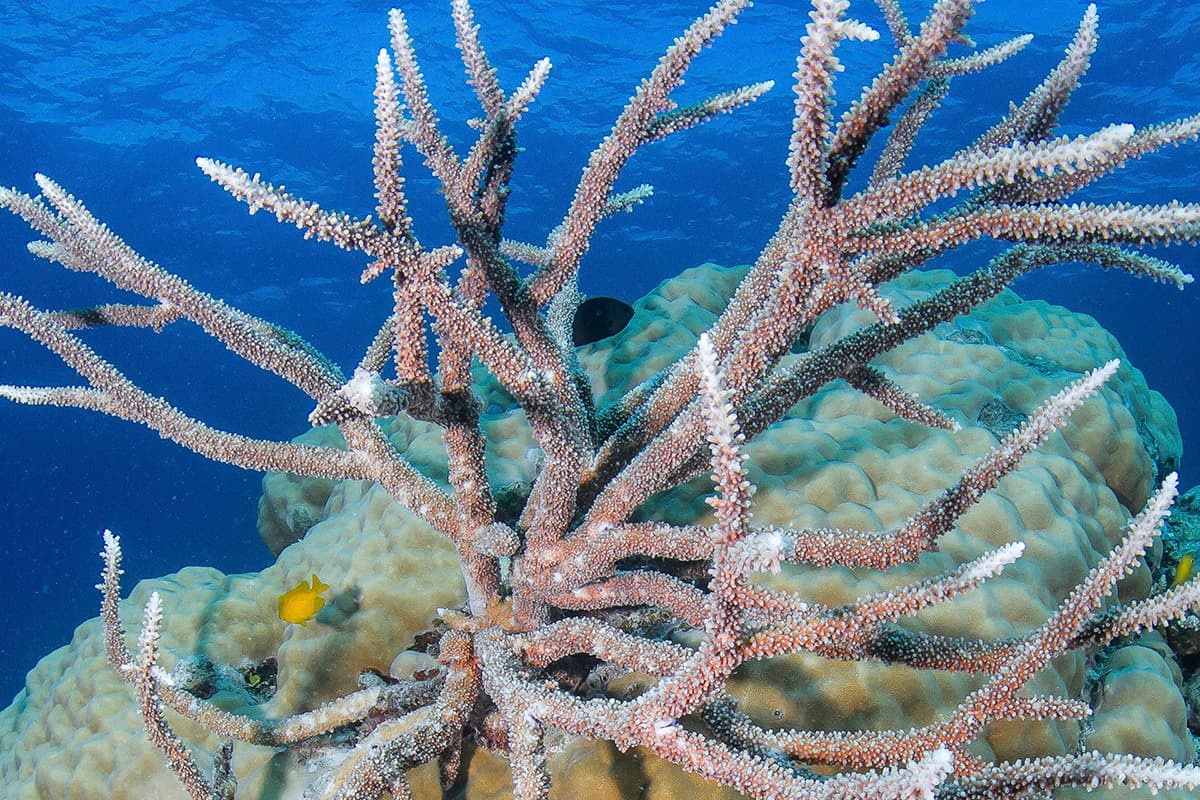
One of the questions we use to stimulate discussion around coral classification is “Are corals animal, vegetable or mineral?” Corals come in a variety of shapes and sizes. They can look like trees or plants. They form their structures from minerals in the water. Some tropical corals actually get up to 90% of their energy from photosynthesis.
The marine environment can be a confusing place.
Corals are animals, related to sea anemones and jellyfish. They tend to live in colonies, sharing nutrients between all individuals, although there are examples of single-polyp corals. Many corals create a hard structure from calcium carbonate in the water. Last, and most confusingly, many tropical corals have a type of algae living inside them.
Why do corals have algae inside their tissue?
- Tropical corals live in clear, shallow and nutrient-poor waters.
- Coral polyps (polyp is the name for the individual coral animal) catch small animals and larvae with
their tentacles. - In order to grow to create amazing reef structures, corals developed a way of finding more energy.
- The algae living inside their tissues provide coral with additional energy as a product of photosynthesis.
- This symbiotic relationship works because the algae receive carbon dioxide, nutrients and a place to hide from predators.
So the answer to the question “Are corals animal, vegetable or mineral?” is that corals are animals, although they often have algae living inside them and can look like trees or boulders.

Science / Geography | Ages 7-11
Ocean Heroes
The Ocean Heroes unit for KS2 takes classes on a journey across different ocean habitats exploring the themes of climate change, nature, conservation, and what it takes to become an ocean hero. This unit is inspired by the work of the Convex Seascape Survey which is an international science project exploring how the ocean can be an ally in tackling climate change.
